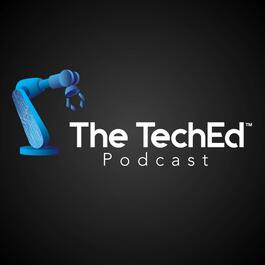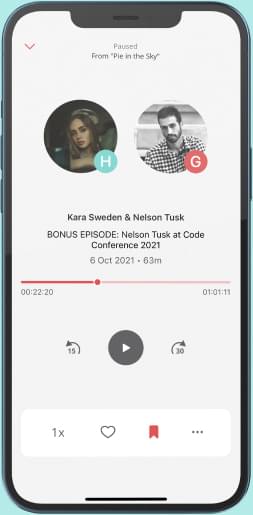
Teaching in the Age of Distraction: Why Students Can’t Focus – And What Educators Should Do About It - Dr. Gloria Mark, Author of Attention Span
In a world of digital overload, short-form media, and AI-powered personalization, staying focused has never been harder. Today, the average attention span on any screen is just 47 seconds. What"s causing this decline in focus, and what should educators do about it? Those are some of the questions we discuss with Dr. Gloria Mark, UC Irvine informatics professor and author of Attention Span: A Groundbreaking Way to Restore Balance, Happiness and Productivity. Dr. Mark explains the psychology behind attention, including the difference between controlled and automatic processing, the role of self-regulation, and how sleep debt, stress and individual cognitive rhythms factor into a student"s ability to concentrate. She also points to a growing trend in education: designing classroom content to accommodate short attention spans, which may be unintentionally reinforcing them. The conversation also takes a timely turn into how AI tools—from TikTok’s recommender systems to ChatGPT—are changing the way students interact with information, and what that means for deep learning, retention, and even courage in the classroom. Listen to learn:Why shrinking attention spans aren’t your fault—and what’s really driving themHow schools may be unintentionally reinforcing short-form thinkingWhat AI and automation are doing to deep learning and reflectionThe hidden role of sleep, stress, and self-regulation in attention3 powerful strategies students can use to take back control of their focus 3 Big Takeaways: 1. Short attention spans are not a personal failure—they’re shaped by both individual traits and digital environments. Gloria distinguishes between controlled and automatic attention, noting that much of our behavior—like checking phones or clicking notifications—happens without conscious thought. These automatic habits are reinforced by our environment, particularly digital technologies that train us to switch rapidly and respond to constant stimuli. 2. Classroom strategies that cater to short attention spans may be doing more harm than good. Gloria highlights a trend in education toward breaking lectures into smaller chunks or assigning only short passages instead of full books. While well-intentioned, these adaptations risk further weakening students’ ability to engage in long-form content and develop deep, reflective thinking. 3. AI tools like TikTok and ChatGPT are reshaping how students consume and process information—often at the cost of deeper learning. Platforms driven by recommender algorithms use random reinforcement to keep users engaged, conditioning them for rapid content consumption. In the classroom, reliance on generative AI can create a disconnect between students and the material, undermining “depth of processing” and reducing the cognitive benefits of making mistakes. Resources in this Episode:Official website of Dr. Gloria MarkSee official show notes page for more resources! Connect with Dr. Gloria Mark Facebook | We want to hear from you! Send us a text. Instagram - Facebook - YouTube - TikTok - Twitter - LinkedIn
From "The TechEd Podcast"



Comments
Add comment Feedback